-
Tech’s 10 Toughest CEO Transitions
Steve Jobs’ resignation last week was a reminder that it’s never easy when the longtime leader of a large company steps aside. In some cases it has lead to disaster. A look at the IT industry’s most stressful succession plans
By Shane Schick
Editor-in-Chief, IT World Canada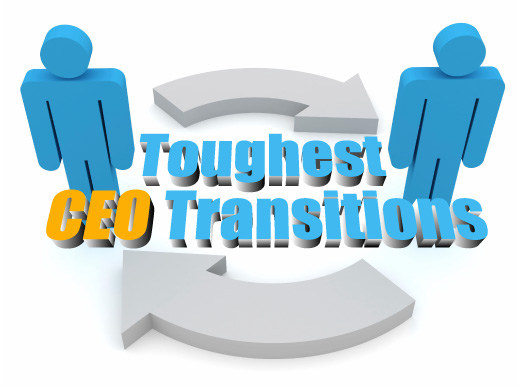
-
Bill Gates and Steve Ballmer
Microsoft was still under investigation for anticompetitive behaviour when Gates announced in early 2000 that he would be stepping down to become “chief software architect,” a title almost universally ridiculed. Like Steve Jobs, Gates was so closely identified with Microsoft it was hard to imagine a replacement, but Ballmer has spent considerable time moving Microsoft’s business onto the Web, into the cloud and across the mobile phone market.
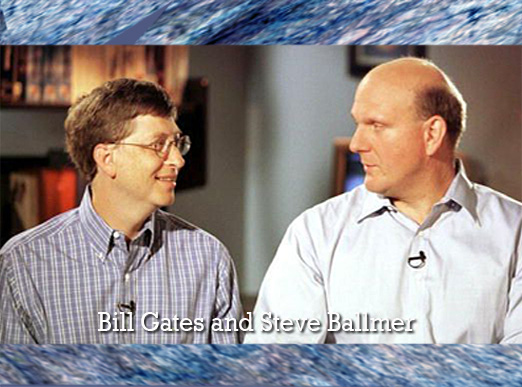
-
Scott McNealy and Jonathan Schwartz
The CEO of Sun Microsystems was known for being bold, brash and risk-taking. His replacement? A short, pony-tailed software specialist with a penchant for blogging. Although he promised to bring back the Wall Street customers who had once prized Sun’s enterprise hardware, Schwartz will be best known for being at the helm when the firm was acquired by Oracle. And after some public criticism from Larry Ellison, it wasn’t long before he moved on.

-
Sanjay Kumar and John Swainson
Insider trading charges while CEO of Computer Associates landed Sanjay Kumar with a 12-year prison sentence. This left his successor, Canadian-born John Swainson, in the difficult position of not only taking over a company but attempting to restore its reputation. Swainson managed to shift CA from primarily being a provider of mainframe applications to a company specializing in enterprise IT management software before retiring in 2009.
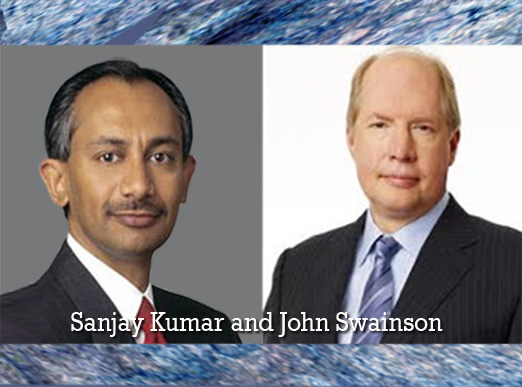
-
Michael Dell and Kevin Rollins
Dell was the company that tried to eliminate reseller “middlemen” and work directly with customers, but shortly after Michael Dell stepped away its vertically integrated business model became tougher to manage amid a fluctuating economy. Rollins tried to begin Dell’s march into enterprise services but lasted only three years as CEO before Michael Dell returned to put it back on track.
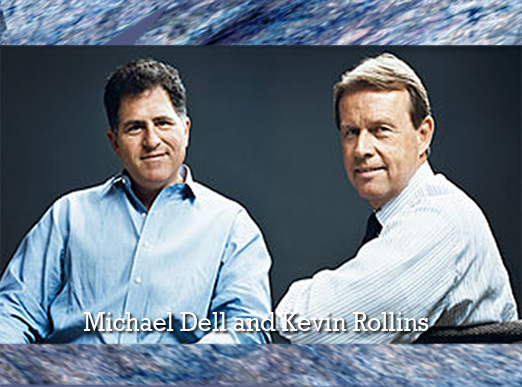
-
Jack Messman and Ron Hovsepian
As Novell’s network-based operating system fell on hard times Jack Messman tried to see the company towards the open source crowd, buying Suse Linux. But in 2006 he was ousted by the board and replaced with second-in-command Ron Hovsepian, whose partnership with Microsoft was derided as a “deal with the devil” among open source advocates. Novell was acquired by Attachmate earlier this year.
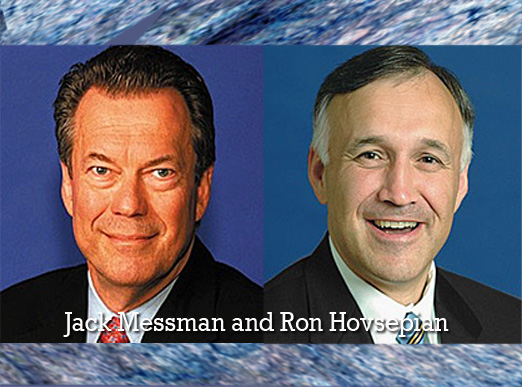
-
Henning Kagermann and Leo Apotheker
SAP had a complicated succession plan that began by naming Leo Apotheker co-CEO before longtime leader Henning Kagermann retired in 2009. In February of 2010, however, Apotheker was out, and the company ended up putting regional leaders im Hagemann Snabe and Bill McDermott in co-CEO roles. Apotheker, of course, rebounded by taking the top job at HP following Mark Hurd’s departure.
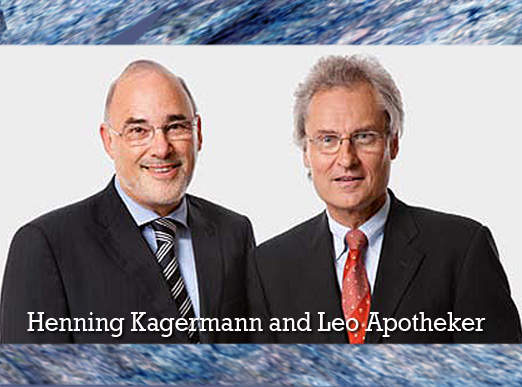
-
Lou Gerstner and Sam Palmisano
After IBM’s near-bankruptcy, it was Lou Gerstner who steered the company back into the black, establishing a powerful Global Services division. He was succeeded by the far more low-profile Sam Palmisano, who lacks Gerstner’s gruff demeanour but has increasingly (and successfully) steered IBM towards a more software-oriented focus and established Big Blue as a major cloud computing supplier.
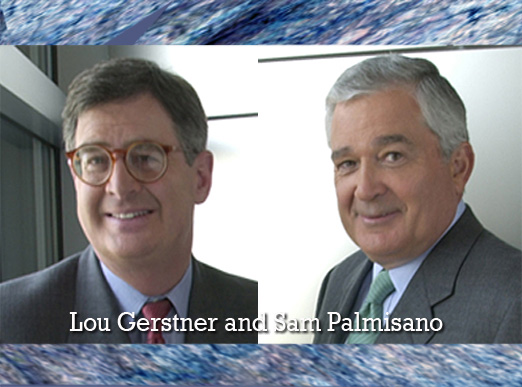
-
Andy Grove and Craig Barrett
“Only the paranoid survive,” was a phrase attributed to Andy Grove, renowned leader of Intel Corp. After building the company into a dominant position in the processor space, however, Grove retired and Craig Barrett began to endure increased competition from upstart AMD. Following a series of product glitches and delays, Barrett’s memos about Intel’s internal problems went public. He was eventually succeeded by Paul Otellini.

-
Nortel’s CEO death spiral
First there was John Roth, once considered a star CEO before Nortel’s stock started plummeting in the early 2000s. Frank Dunn, the CFO who succeeded him, left amid charges of accounting fraud. Ex-Marine Bill Owens had the integrity but not necessary the competence as executives left and stock declined 30 per cent in his 18-month tenure. Mike Zafirowski seemed like a last hope, but despite forging a partnership with Microsoft he will be best known as Nortel’s last CEO before it filed for bankruptcy in 2009.
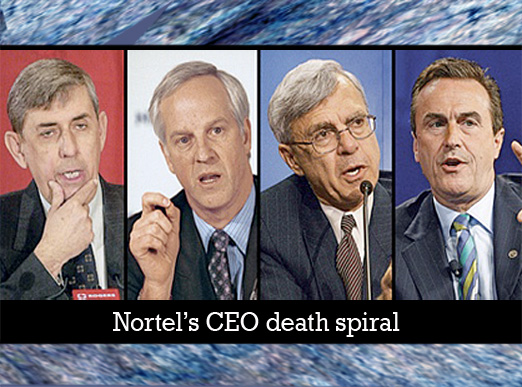
❮ ❯